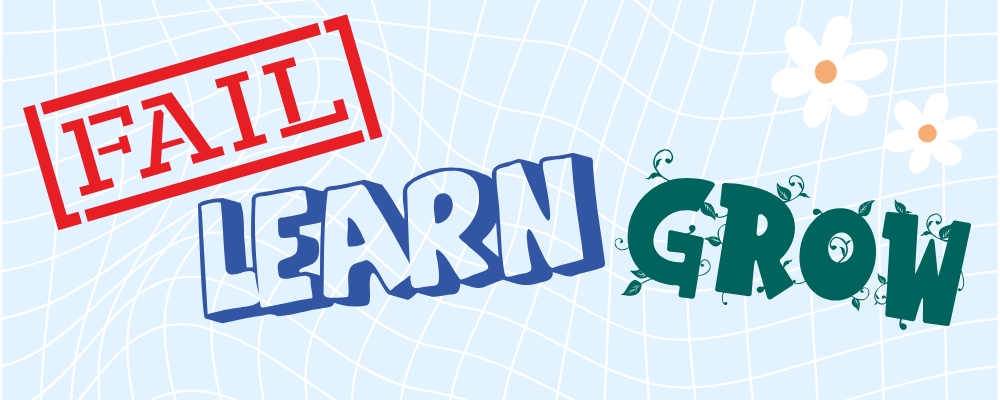From Silos to Synergy: Creating Transparency & Breaking Down Organizational Barriers
RAFT Team, June 24, 2024
What Holds Us Back from Transparency?
The Importance of Transparency
Transparency means being open and honest about your organization's operations, decisions, and performance. This can be tough! Breaking down organizational barriers means you'll have to share the motive behind the policies and sharing information openly. But if you want to build trust, boost collaboration, and hold everyone accountable, transparency is a must for leaders and all other staff.
Benefits of Transparency:
- Trust Building: Your employees are more likely to trust leadership when they are informed about the company’s direction and decisions.
- Enhanced Collaboration: When information is readily available, teams can work together more effectively.
- Accountability: Transparent operations ensure that everyone is aware of their responsibilities and the expectations placed upon them.
What are Common Challenges & Barriers to Transparency?
Many organizations struggle with transparency. Common barriers include:
- Silos: Departments or teams operate in isolation, leading to a lack of information flow.
- Communication Breakdowns: Inefficient communication channels can result in misunderstandings and misinformation.
- Cultural Resistance: An ingrained culture of secrecy or hierarchy can impede efforts to be more transparent.
- Fear of Repercussions: Employees may hesitate to share information due to fear of negative consequences.
Impact of Silos & Lack of Communication
Silos and poor communication hinder organizational effectiveness by:
- Stifling Innovation: When your teams don’t share information, opportunities for creative solutions are missed.
- Reducing Efficiency: Misaligned goals and duplicated efforts can waste resources and time.
- Lowering Morale: Your employees may feel isolated and undervalued if they are not kept informed or included in decision-making processes.
How Can We Build Transparency?
Promoting Transparency Within Teams & Across Departments
Leaders play a vital role in building transparency. Here are some practical strategies:
- Open Communication Channels: Establish multiple ways for your staff to communicate, such as regular meetings, suggestion boxes, and digital platforms.
- Regular Updates: Keep everyone informed about organizational news, project updates, and policy changes through newsletters, town halls, or internal blogs.
- Open-Door Policies: Encourage your leaders to be approachable and available for discussions, questions, and feedback.
Role of Communication Channels, Regular Updates, & Open-Door Policies
- Communication Channels: Use tools like Slack, Microsoft Teams, or project management software to allow for continuous information sharing.
- Regular Updates: Schedule periodic updates from leadership to your entire organization, ensuring that everyone is on the same page.
- Open-Door Policies: Your leaders should make themselves available to listen to your employee’s concerns and ideas, promoting an inclusive and transparent environment.
How Do We Break Down Silos?
The Downside of Silos on Organizational Transparency & Effectiveness
Silos create organizational barriers to effective collaboration and transparency:
- Isolated Decision-Making: Teams make decisions without considering the broader organizational context, leading to misalignment.
- Information Bottlenecks: Critical information gets trapped within departments, delaying projects and reducing efficiency.
Strategies for Breaking Down Silos
To create a more integrated and transparent organization:
- Cross-Departmental Collaboration: Encourage your teams to work together on projects and share insights and resources.
- Team-Building Activities: Organize activities that bring different departments together to build relationships and trust.
- Shared Goals: Align team objectives with your organization’s overall mission and goals to ensure everyone is working towards the same outcomes.
What Transparent Practices Can We Build?
Best Practices & Real-World Examples
Implementing transparent practices involves consistent effort and commitment. Some best practices include:
- Accountability Mechanisms: Set up systems to hold individuals and teams accountable for their work and decisions.
- Data Sharing: Make data and analytics accessible to your employees to inform their work and decisions.
- Open Feedback Mechanisms: Encourage regular feedback from your employees on processes, projects, and leadership.
Real-World Examples
- Buffer: This social media management company practices radical transparency by sharing salaries, revenue, and even its funding process with their employees and the public.
- Patagonia: Known for its environmental activism, Patagonia involves their employees in decision-making processes and maintains open communication about its business practices and sustainability efforts.
- RAFT: At RAFT, transparency is not just a core value; it is a practice that we embed in every aspect of our work. From our internal operations to our external communications, we strive to be clear, open, and honest. By doing so, we aim to build a more inclusive, trustworthy, and effective organization that truly serves the needs of sv/dv advocates.
What Can We Do to Create a Transparent Culture?
Role of Leadership in Modeling Transparent Behavior
Leaders must embody transparency to build a culture of openness:
- Lead by Example: Demonstrate transparency in your actions, decisions, and communications.
- Communicate Clearly: Provide clear, honest, and consistent information to your team.
- Encourage Openness: Create an environment where employees feel safe to speak up and share their thoughts.
Actionable Steps for Leaders
To break down organizational barriers and cultivate a transparent culture:
- Model Transparency: Share your decision-making process and the rationale behind key decisions.
- Build Trust: Be honest about challenges and setbacks, and how your organization plans to address them.
- Foster Inclusivity: Involve your employees in discussions and decisions that affect their work and the organization.
If you want a healthy and effective organization, transparency is a must. The journey from silos to synergy begins with a commitment. It will require effort from everyone, but the results are worth it! Your organization will become more impactful in the community you serve.






